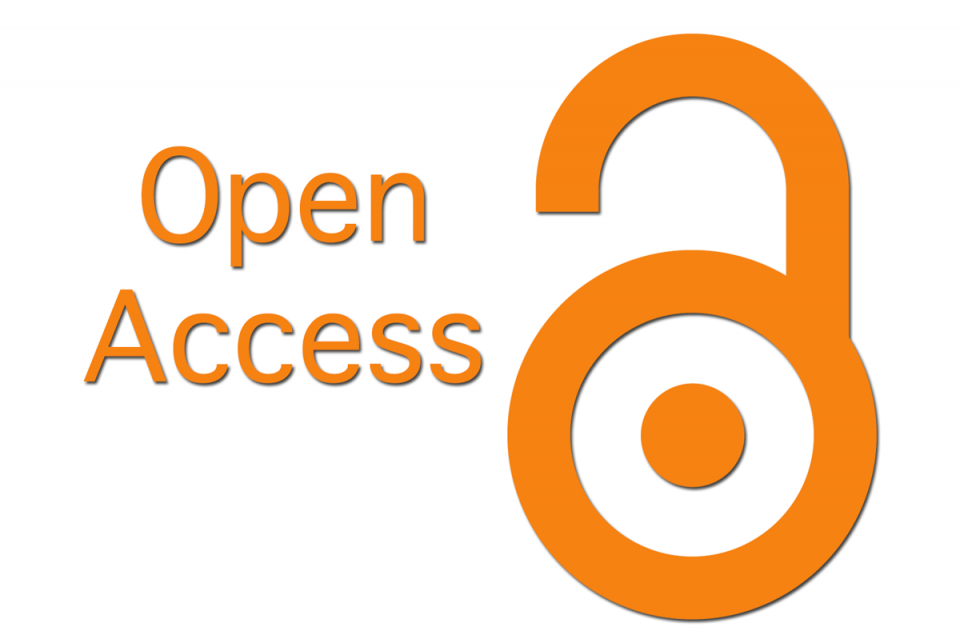EFFICACY OF TWO MODES OF METACOGNITIVE TEACHING STRATEGIES ON JUNIOR SECONDARY SCHOOL STUDENTS’ INTEREST IN CULTURAL AND CREATIVE ARTS IN BENUE STATE, NIGERIA
DOI:
https://doi.org/10.48047/55phgk80Keywords:
Metacognitive Strategies, Think-aloud problem-solving, Elaboration strategy, Cultural and Creative Arts, Students’ interest, GenderAbstract
The study investigated the effect of two metacognitive teaching strategies on Junior Secondary School Students’ interest in Cultural and Creative Arts (CCA) in Benue State, North-Central Nigeria. Guided by three research questions and corresponding null hypotheses, the study adopted a quasi-experimental design. The population comprised all Junior Secondary School II students offering CCA in Benue State, from which a sample was drawn using a multi-stage sampling procedure. Two intact classes were assigned to experimental group I (Think-Aloud Problem-Solving Strategy), and experimental group II (Elaboration Strategy). An instrument titled “Cultural and Creative Arts Interest Inventory (CCAII) designed by the researchers was used for data collection. The instrument was validated by three experts in Department of Art Education (Cultural and Creative Arts), Department of Science Education (Measurement and Evaluation) and Department of Educational Foundations (Educational Psychology), and its reliability established using Cronbach’s Alpha, yielding a coefficient of 0.76. Data were analyzed using mean and standard deviation to answer the research questions, while Analysis of Covariance (ANCOVA) was employed to test the hypotheses at a 0.05 level of significance. Findings of the study revealed that think-aloud problem solving strategy significantly enhancing students’ interest more than both the Elaboration Strategy. However, gender did not significantly influence students’ interest in CCA, and the interaction effect of teaching strategies and gender on students’ interest was not significant. It was recommended, among others, that Cultural and Creative Arts teachers should adopt metacognitive teaching strategies such as the think-aloud problem solving strategy to enhance students’ sustained interest and participation in the subject. Teacher education programs and curriculum planners should also emphasize the integration of metacognitive pedagogy in art instruction to promote creativity, inclusiveness, and reflective learning among students.
Downloads
References
Adejoh, M. U., & Apagu, V. B. (2021). Teachers’ pedagogical practices and students’ engagement in creative arts in Nigerian secondary schools. Nigerian Journal of Educational Research, 17(2), 45–59.
Bandura, A. (1997). Self-efficacy: The exercise of control. W. H. Freeman.
Cummings, J., & Marron, M. (2023). Creative metacognition and student engagement in visual arts classrooms. Journal of Artistic Education, 14(3), 102–116.
Dignath, C., & Büttner, G. (2018). Components of fostering self-regulated learning among students. Educational Research Review, 24, 1–9.
Dignath, C., & Veenman, M. (2021). The role of metacognition in education: Theory, research, and practice. Learning and Instruction, 75, 101–110.
Federal Ministry of Education. (2014). National Curriculum for Junior Secondary Schools: Creative and Cultural Arts. NERDC Press.
Flavell, J. H. (1979). Metacognition and cognitive monitoring: A new area of cognitive–developmental inquiry. American Psychologist, 34(10), 906–911.
Hartwig, M. K., & Dunlosky, J. (2023). Enhancing learning and interest through elaboration strategies. Educational Psychology Review, 35(1), 55–76.
Lai, E. (2023). Metacognition: A literature review. Journal of Learning Sciences, 32(4), 589–610.
Marron, M., & Cummings, J. (2023). Creative metacognition and student engagement in visual arts classrooms. Journal of Artistic Education, 14(3), 102–116.
Ogunlade, O. E., & Afuwape, M. O. (2022). Students’ attitude and interest toward Cultural and Creative Arts. International Journal of Arts Education, 10(1), 77–89.
Sharma, R., & Singh, P. (2023). Metacognitive teaching strategies and learner motivation in creative subjects. International Journal of Arts Education, 11(2), 65–79.
Smetana, L. et al. (2022). Think-aloud modeling and student reasoning in classroom instruction. Teaching and Teacher Education, 113, 103–148.
Smetana, L., et al. (2022). Think-aloud modeling and student reasoning in classroom instruction. Teaching and Teacher Education, 113, 103–148.
Stentoft, D., & Sørensen, A. (2021). Elaboration as a method to enhance learning in arts education. Arts and Humanities in Higher Education, 20(3), 244–259.
Vygotsky, L. S. (1978). Mind in society: The development of higher psychological processes. Harvard University Press.
Wang, X., & Wu, H. (2022). Metacognition and student engagement in secondary school learning. Contemporary Educational Psychology, 69, 102–114.
Federal Republic of Nigeria (FRN). (2014). National Policy on Education (6th ed.). NERDCPress.
Flavell, J. H. (1979). Metacognition and cognitive monitoring: A new area of cognitive–developmental inquiry. American Psychologist, 34(10), 906–911.
Ogunlade, O. E., & Afuwape, M. O. (2022). Students’ attitude and interest toward cultural and creative arts. International Journal of Arts Education, 10(1), 77–89.
Downloads
Published
Issue
Section
License

This work is licensed under a Creative Commons Attribution 4.0 International License.
You are free to:
- Share — copy and redistribute the material in any medium or format for any purpose, even commercially.
- Adapt — remix, transform, and build upon the material for any purpose, even commercially.
- The licensor cannot revoke these freedoms as long as you follow the license terms.
Under the following terms:
- Attribution — You must give appropriate credit , provide a link to the license, and indicate if changes were made . You may do so in any reasonable manner, but not in any way that suggests the licensor endorses you or your use.
- No additional restrictions — You may not apply legal terms or technological measures that legally restrict others from doing anything the license permits.
Notices:
You do not have to comply with the license for elements of the material in the public domain or where your use is permitted by an applicable exception or limitation .
No warranties are given. The license may not give you all of the permissions necessary for your intended use. For example, other rights such as publicity, privacy, or moral rights may limit how you use the material.








